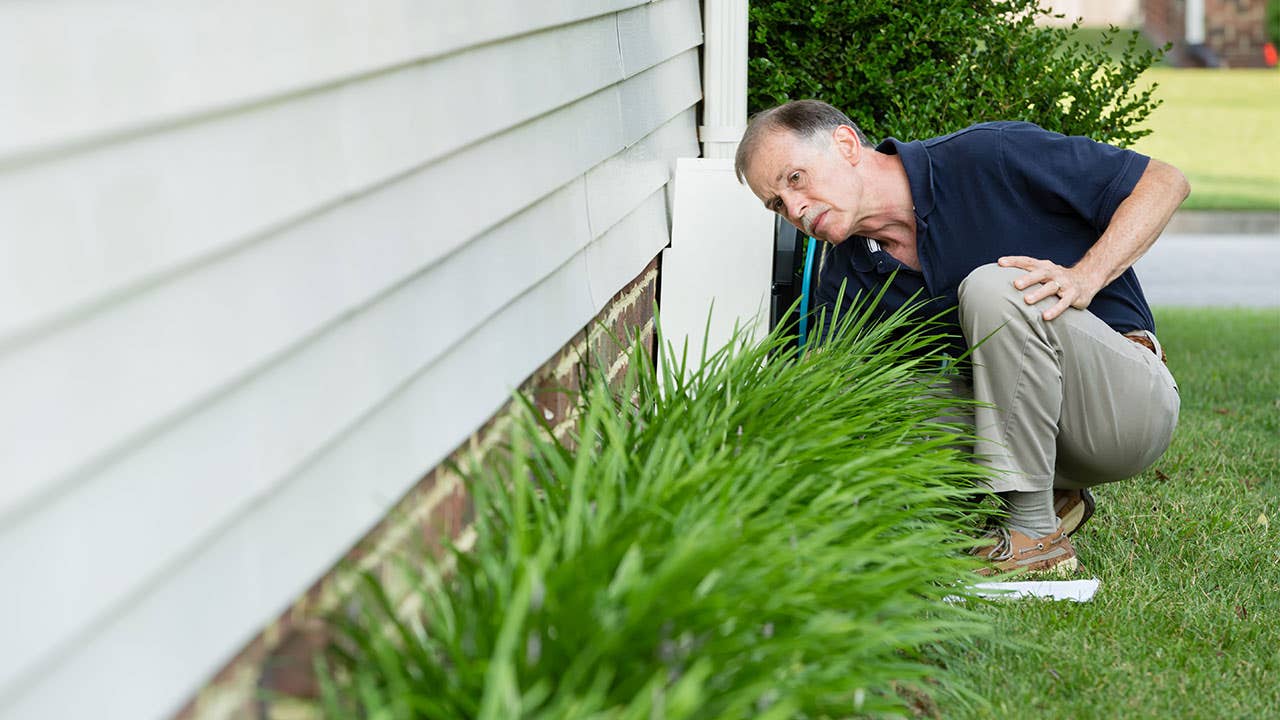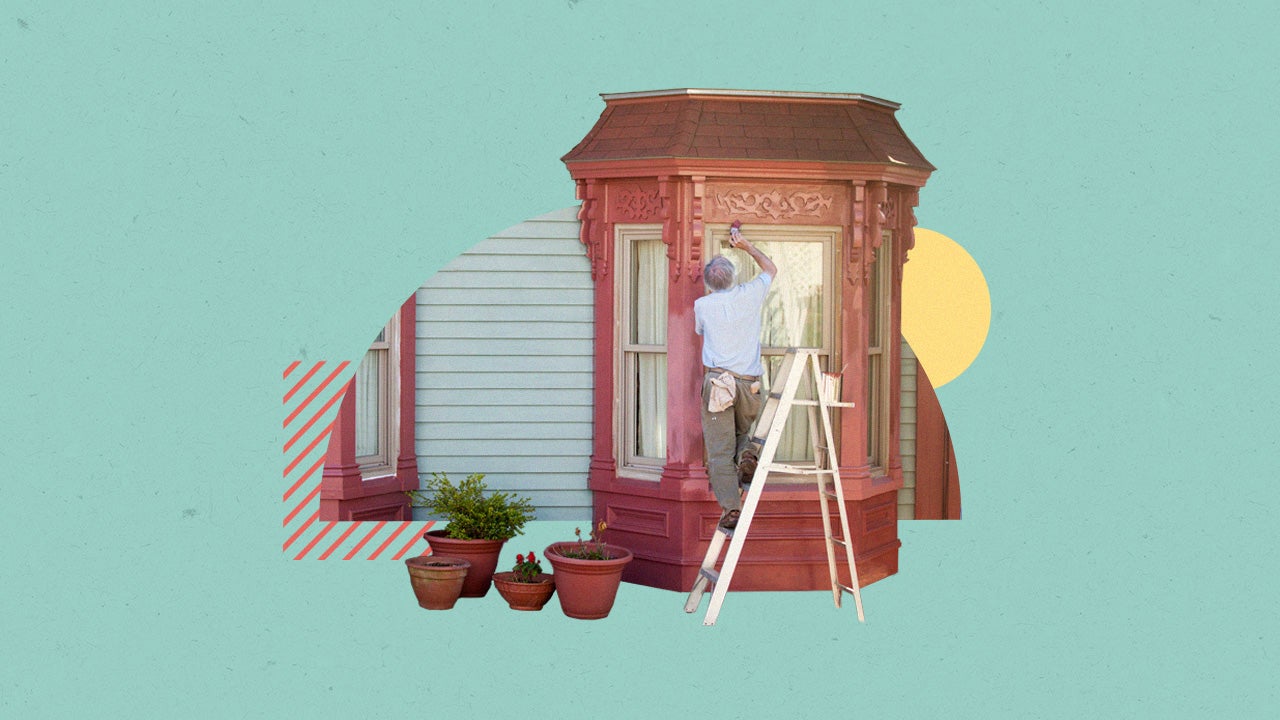Inspect these 6 things before buying a house


Buying a home is a big decision, and not paying attention to basic things such as the condition of the roof or whether there is evidence of flooding can lead to expensive repairs down the road.
Reasons for inspecting a house
The main reason you want to thoroughly inspect a house before buying it is to make sure you are aware of any potential problems. This allows you to make an informed decision and decide whether you are willing to take on the problems you find and fix them yourself. If an inspection does turn up problems, you may also be able to use them to negotiate a lower purchase price. You want a place that’s in great condition, but one or two easy repairs should not deter you from buying the house of your dreams.
You should pay a certified professional to inspect the home. Then you can decide whether you want to buy the house.
Key features that should be examined
There are some aspects of a house you can look at ahead of time to make sure it’s sturdy and of sound construction. When you hire a professional home inspector, accompany him on the inspection so that you can better understand any problem areas and the potential cost to fix them.
These are the key aspects of a home that you want to investigate:
- Foundation. The foundation of a house is one of the most important aspects to look at before you buy it. Common indicators of a foundation problem include a floor that is not level, cracks in the walls, and doors that become jammed.
- Roof. Always ask when the roof was last replaced and whether the sellers have had any problems with leaks.
- Insulation. A house that is properly insulated can save you money on electricity. Make sure plumbing also has the proper insulation, as exposed pipes can freeze and burst in cold months.
- Paint. Any home built before 1978 should be checked for paint with lead. Also, make sure the paint is not covering mold or other hazards.
- Electrical. It is important to inspect the wiring in any home you plan to buy, especially if it’s an older home. You may have a wiring problem if outlets don’t work, there are hot spots on the wall when certain outlets are used, or breakers trip when a load is placed on them.
- Plumbing and water damage. Check the house for water damage. This usually appears in the form of water stains on the ceiling, floors or walls. A water-damaged floor often buckles or becomes warped. Mold is also a common sign of a water leak.
Leaky pipes cause water damage that often goes unseen. When inspecting a home, always check underneath the sinks for water damage or mold. If possible, look at any exposed pipes underneath the house, such as in the basement or crawl space.
Ready to buy a house? Check out mortgage rates while they’re still low!
You may also like

How to prepare your home for a natural disaster

8 things to do immediately after buying a house

5 key tips for buying a fixer-upper

